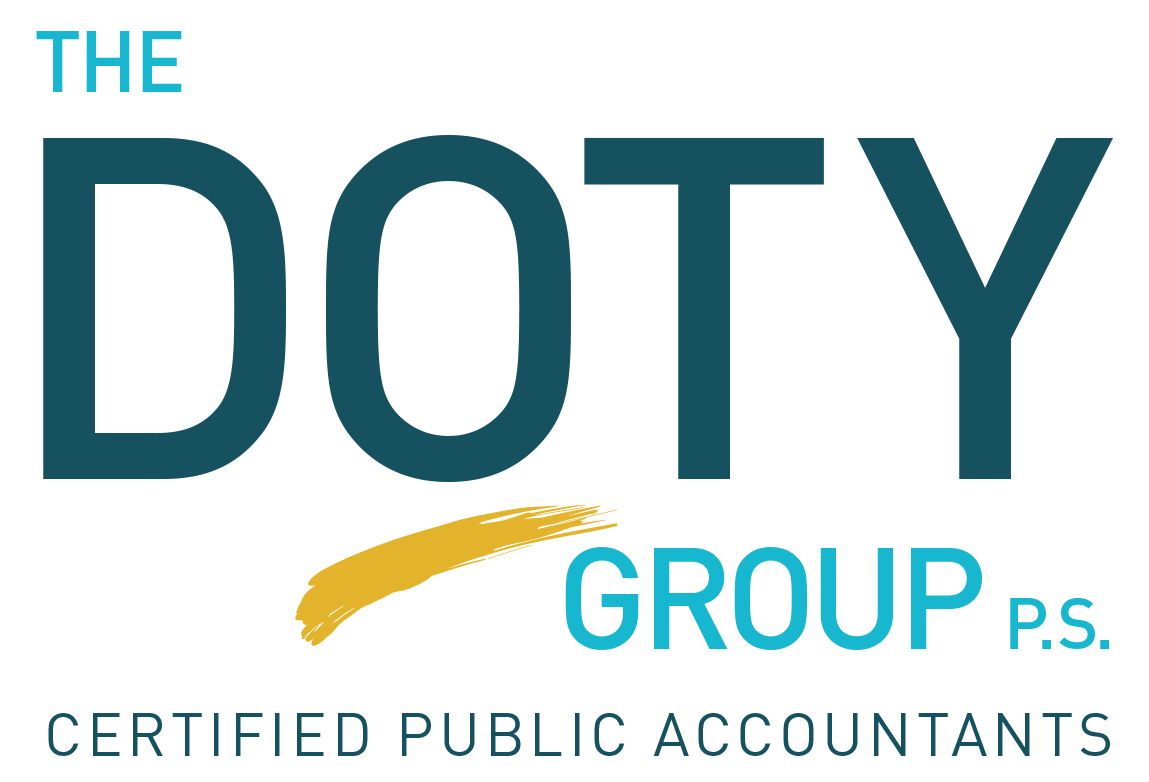The Employee Retention Credit: The Refundable Payroll Tax Credit Explained
Katy Bardizian, CPA
Director of Accounting Services
New legislation from the Consolidated Appropriations Act, 2021 creates an opportunity for many businesses to take advantage of both Paycheck Protection Program (PPP) loans and the Employee Retention Credit (ERC).
Several changes specific to the ERC can provide an opportunity for additional relief for many businesses. The majority of the changes are effective January 1, 2021 and impact the first two quarters of the year.
The significant changes that affect small businesses include:
Extension of the ERC through June 30, 2021
Increased credit rate from 50% to 70% of qualified wages
Increased the limit on per-employee qualified wages from $10,000 for the year to $10,000 for each quarter
Reduced year-over-year gross receipts decline from 50% to 20% and
Created a safe harbor to allow employers to use prior-quarter gross receipts to determine eligibility
In addition, the legislation had a key retroactive change that employers who receive PPP loans may still qualify for the ERC retroactive to March 13, 2020.
Previously, businesses receiving a PPP loan during the first round of relief couldn’t take advantage of the ERC. However, with the new legislation, a business can take the ERC even if they received PPP funding and loan forgiveness as long as the payroll identified for the ERC was not paid out of PPP funds. As noted above, this change is retroactive to March 13, 2020.
Specifically, the bill allows eligible entities to claim the prior quarter’s credits from 2020 in the quarter in which the bill was signed: the fourth quarter of 2020.
The ERC is a fully refundable payroll tax credit for employers that, for 2020, is equal to 50% of qualified wages employers paid beginning March 13, 2020. Businesses are eligible if:
They were fully or partially suspended due to an order from a governmental authority limiting travel, business, and meetings during the quarter of payroll not paid out of PPP funds, or:
The business had a reduction in gross receipts of 50% or more during a calendar quarter compared to the same calendar quarter in 2019.
When the covered period for PPP loans was extended to 24 weeks, many business’ applications for debt forgiveness qualified for 100% forgiveness on payroll alone without considering the other eligible nonpayroll costs. However, those other costs now may play a significant role in receiving the ERC benefit. Analyzing the ratio of payroll and nonpayroll costs is a critical step. If sufficient nonpayroll costs are available, limiting payroll costs to the 60% threshold required for full forgiveness may allow the remaining payroll to be eligible for the ERC-provided relief.
The IRS is expected to release guidance on how to implement these provisions, however, this is still a planning opportunity to be discussed with your advisors while the fourth quarter of 2020 is being finalized.
Below is a summary of key provisions of the credit, comparing the original and new law.
CARES Act |
Consolidated Appropriations Act, 2021 |
|
Time Period Credit is Available |
Qualified wages paid after March 12, 2020, and before January 1, 2021. |
Qualified wages paid after March 12, 2020, and before July 1, 2021 (now available in the first two quarters of 2021). |
Eligibility Requirements |
Businesses with operations that were either fully or partially suspended by a COVID-19 governmental order and only during the period the order is in force; or |
Beginning January 1, 2021, the credit will be available to businesses with operations that are either fully or partially suspended by a COVID-19 governmental order and only during the period the order is in force; or |
Percentage of Wages |
The credit was 50% of the qualified wages paid to an employee, plus the cost to continue providing health benefits to the employee. |
Beginning January 1, 2021, the credit is 70% of qualified wages, plus the cost to continue providing health benefits to the employee. |
Maximum Credit Amount |
Annual cap of $5,000 per employee ($10,000 in qualified wages x 50%). |
Beginning January 1, 2021, the cap is increased to $7,000 per employee for each of the first two quarters of 2021 ($10,000 in qualified wages x 70%) for a possible $14,000 credit per employee. |
Employer Size for Whether an Employee is Working or Not: |
A company with more than 100 employees could not take the credit for wages paid to an employee performing services for the employer (either teleworking, or working at the workplace, even though at reduced capacity due to reduction in business). |
Beginning January 1, 2021, the threshold increases to 500. |
PPP Loan Interplay |
REPEALED – A company that received a Paycheck Protection Program (PPP) loan was ineligible to claim the employee retention credit. |
This change is retroactive to the effective date under the original law for wages paid after March 12, 2020. |
Advance Payments |
In 2020, there was no provision to receive the credit before qualified wages were paid. |
The IRS is expected to draft guidance to allow an advance payment of the credit for companies with 500 or fewer employees, based on 70% of average quarterly payroll for the same quarter in 2019. |
Limitation on Hazard Pay |
No credit for pay rate increases. |
Under the new law, the credit is allowed for hazardous duty pay increases. |
Disallowance of Credit for Governmental Entities |
The employee retention credit was not available to any federal, state, or local governments, or any agency or instrumentality thereof. |
Effective January 1, 2021, the following entities are eligible for the credit: |
Definition of Gross Receipts for Tax Exempt Entities |
No definition of gross receipts as applicable to tax exempt entities was included. |
The new law defines gross receipts for tax exempt entities by reference to Section 6033 of the Internal Revenue Code. |
